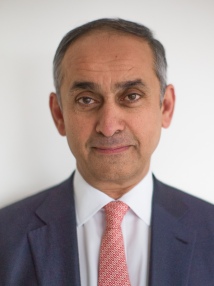BibTex format
@article{Ward:2021:10.1101/2021.07.21.21260926,
author = {Ward, H and Atchison, C and Whitaker, M and Donnelly, CA and Riley, S and Ashby, D and Darzi, A and Barclay, WS and Cooke, G and Elliott, P},
doi = {10.1101/2021.07.21.21260926},
title = {Increasing SARS-CoV-2 antibody prevalence in England at the start of the second wave: REACT-2 Round 4 cross-sectional study in 160,000 adults},
url = {http://dx.doi.org/10.1101/2021.07.21.21260926},
year = {2021}
}

